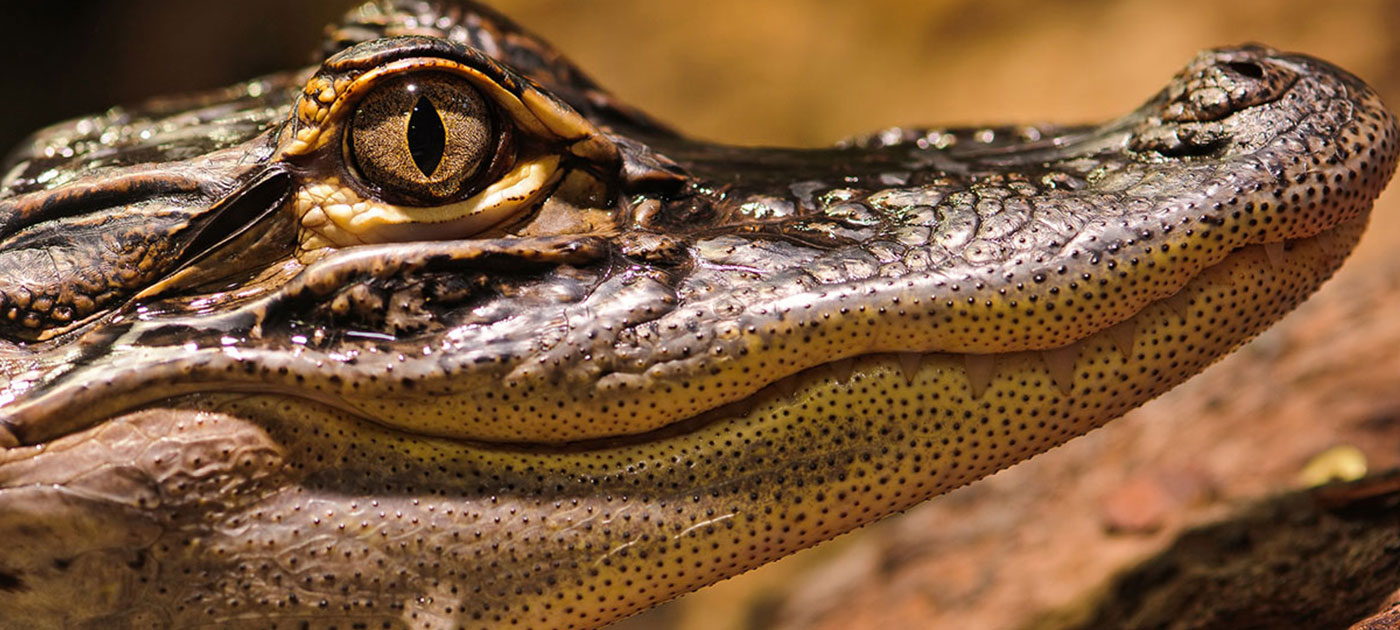In Brief:
- Unlike humans, alligators can regenerate lost teeth as often as fifty times a day, thanks to stem cells found in their gums.
- Alligators essentially have three sets of teeth, the last of which is the key to tooth regeneration.
- Researchers hope to isolate the stem cells responsible for regenerating teeth in alligators and use them to produce teeth in the lab.

As Graham listened to the National Anthem echo off the walls of the Tampa Bay hockey rink, he saw a glint of light coming from the box where the Gators, the opposing team, stood. Soon he was focusing all his attention on the puck and by the third period had saved some fourteen-odd shots. His team was up 1-0 when he took off his helmet for just a few seconds to rehydrate from the water bottle nesting on top of the goal. With the speed of light, the puck came flying at his face and before he knew it, Graham was on the ground, disoriented and sputtering up a profuse amount of blood from his mouth…and a tooth. A player from the opposing team put a sympathetic hand on his shoulder. “I know how it feels man,” the Gator said, and he gave Graham a sad smile that showed off a gold tooth, the source of the glinting light.

Scientists are currently exploring tooth regeneration as a solution to the aesthetic, and at times, functional problem of losing teeth. If you live in Florida like Graham, the answer could be lurking in a nearby swamp. Researchers at the Keck School of Medicine of USC are studying the alligator for clues how to regenerate teeth in humans. Dr. Cheng-Ming Chuong says that his team’s goal is to find a way to spur tooth growth in humans using stem cells (Koebler, 2013). The tooth structure of alligators is surprisingly similar to that of humans, except that an alligator has eighty teeth, each of which can be regenerated up to fifty times in a single day. The frequency at which American alligators can regenerate teeth is due to the activation of dormant stem cells which trigger the growth of a new tooth when the alligator loses one (Cooper, 2013).
According to Chuong’s team, the alligator has three sets of teeth (Trinidad, 2013). At any given time, an alligator will have one adult tooth, a replacement tooth, and dental lamina, gum tissue that contains stem cells (Wu, 2013).

The team at Keck hopes to be able to isolate these slow-growing stem cells from the dental lamina so that they can grow and reproduce teeth in the lab. Chuong states that once his team is able to control the chemical and molecular pathways of the stem cells in a lab setting, they will be very close to unlocking the secrets behind tooth regeneration (Trinidad, 2013). At that point, everyone who has lost a tooth will really have a reason to smile.
This article was written by cYw35. As always, before leaving a response to this article please view our Rules of Conduct. Thanks! -cYw Editorial Staff
